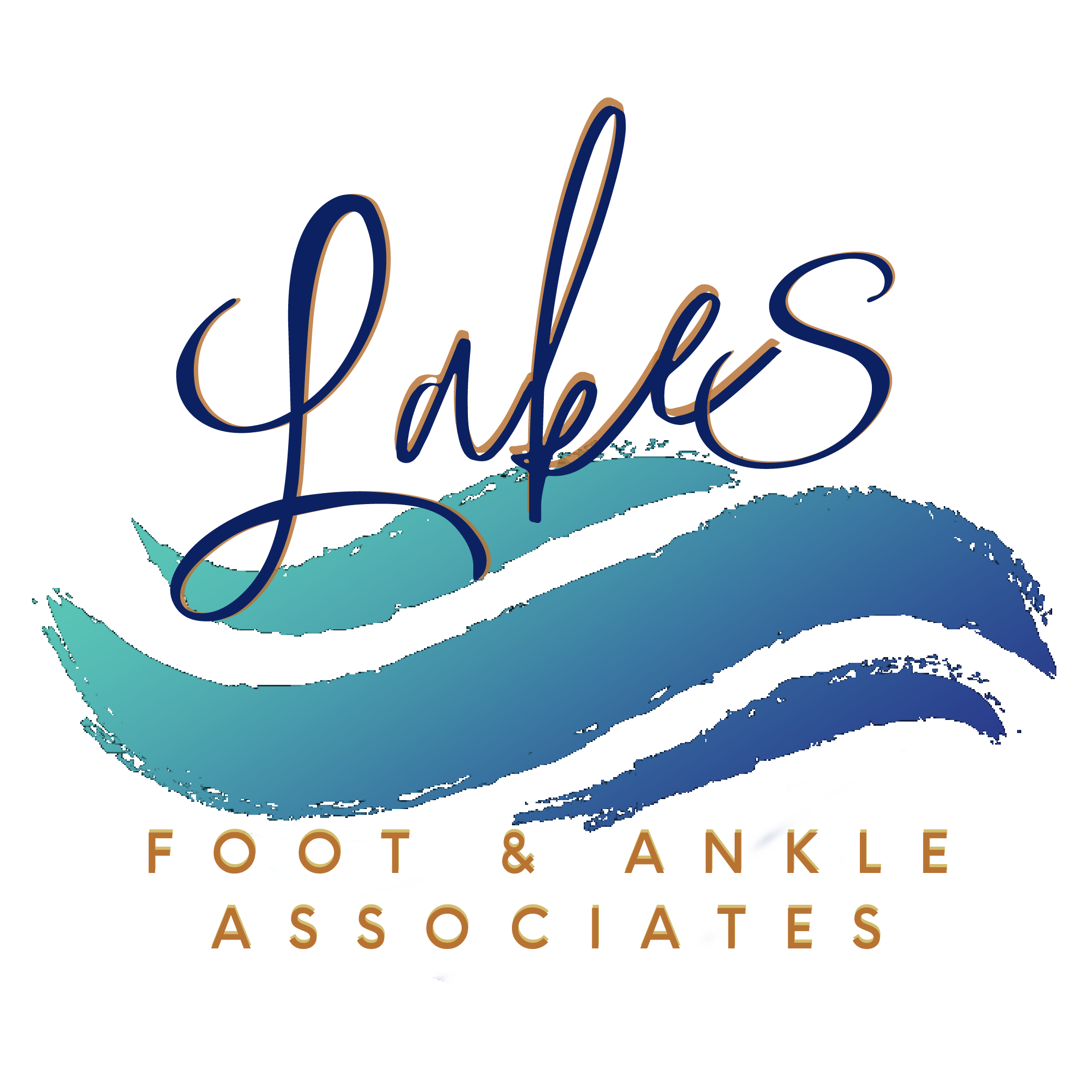After hitting the snooze button way too many times, you finally step out of bed and OUCH! There is that pain in your heel. Maybe this is the first time that you have noticed the discomfort, or maybe this pain has already become a part of your daily morning routine. No matter your situation, what you’re feeling is not normal.
Even if your heels stop complaining once you start walking around for a little bit, you shouldn’t ignore the initial pain or dismiss it “as not a big deal.” When you wait to actually do something about it, chances of making the problem worse significantly increase.
The next thing you know, your heel pain is keeping you from being as active as you would like, or even at all. Taking up the couch-potato lifestyle just isn’t an option, right? So you keep pushing through the pain in order to stay fit and active. That’s a big mistake – which brings us to our very first tip: do not wait to seek appropriate treatment.
Though there are many possible culprits to your heel pain, including Achilles tendinitis and bursitis, the most common cause of painful heels is plantar fasciitis. The good news is this type of foot injury is fairly easy to fix, if you act early. There are plenty of measures you can take to not only treat, but also prevent heel pain from making your exercise routines miserable.
But first…
What Exactly is Plantar Fasciitis?
This condition begins in the plantar fascia, a thick band of connective tissue (ligament) that runs along the bottom of the feet from your heels to your toes. The plantar fascia acts as a shock absorber that supports your weight each and every time you stand, walk, run, or jump.
When this fascia experiences an excessive amount of force, tiny tears may start to develop causing it to become irritated and inflamed. All of this equals pain in your heel(s). Discomfort usually comes when you first get out of bed or when rising after sitting for long periods of time. However, pain can also arise when performing activities.
Indeed, plantar fasciitis can be a “not-so-fun” experience – especially if you are an active person. But the experts at Lakes Foot and Ankle Associates are here to help you kick this annoying condition to the curb. Let’s find out how.
How Can You Treat and Prevent Heel Pain?
Whether the problem is, in fact, plantar fasciitis or if you have developed other foot conditions that are causing your heels to hurt, like tendinitis or stress fractures, one thing is for sure: you want this problem fixed!
Well, the good news is that, when treated early, most heel pain conditions can be resolved with conservative treatments. These non-invasive methods are tried and true steps that you can use when trying to eradicate heel pain, or even better – to avoid it altogether.
Here are a few things you can do:
- Always wear appropriate shoes. Shoes with adequate arch support will definitely give your feet the help they need. (let our Doctors teach you about the proper shoes)
- Consider wearing custom orthotics. These devices are very versatile and will provide the specific level of support and comfort you need.
- Always warm up before starting activities.Take 5-10 minutes to warm up with a proper technique.
- Stretch daily, as well as before and after activities. Take the time to thoroughly stretch after warming up.
- Ease into physical activity. Gradually progress with regard to your frequency and duration of activity.
- Be mindful of your heel pain. It is important to completely heal before getting back in the game.
- Never push through the pain.Instead, stop what you are doing and avoid high-impact activities until the pain goes away completely.
- Apply ice to the area in pain. Topical icing has a soothing effect of “crabby” heels.
- Massage the area in pain.You can use a tennis ball, a foam roller, or get a friend or partner to help.
- Take over-the-counter medication. Basic anti-inflammatory medication can help reduce swelling and discomfort.
- Give your feet time to rest.Avoid all high-impact activities until your heel pain subsides completely.
Giving your feet time to rest, however, doesn’t necessarily mean sitting on the couch and propping your feet up for hours. When heel pain starts to give you grief, you can simply switch to some exercises that are more low-impact and that will keep you healthy and active while you wait to get back to pounding the pavement or charging through the football field.
How Can You Stay Active With Heel Pain?
At Lakes Foot and Ankle Associates, we know that it can be difficult to stay off your feet – and you don’t have to! Instead of putting all physical activities on hold, you simply have to make a few adjustments in your workout regimen.
Some exercise regimens that you can try while minimizing pain and still getting a good workout, include:
- Using an elliptical machine
- Water aerobics
- Weight lifting
- Swimming
- Rowing
- Biking
- Yoga
We certainly hope that you can stay in shape with these tips as you wait for your heel pain to be gone for good. However, we also understand that heel pain can still keep you from being active despite all preventative measures available. And, if that is the case for you, then it’s time to come visit our office. We can provide you with the necessary care to relieve your heel pain and keep you active for many more years to come.
Heel Pain Solutions at Lakes Foot and Ankle Associates
The bottom line is that whenever heel pain comes into the picture, you are looking at some challenging times. But this doesn’t mean you should resort to either becoming a “less active” couch potato or learn how to deal with this discomfort – there are many beautiful trails to run through and awesome basketball dunks to be had before you finally give up.
Come visit our team of experts here at Lakes Foot and Ankle Associates – we will perform a thorough evaluation of your feet and ankles in order to determine the root cause of your heel pain. Depending on your diagnosis, we will provide a comprehensive treatment plan that is tailored to your specific needs. Coming in to see one of our specialists will give you the best opportunity to not have to give up your favorite activities. And what’s best – you likely won’t have to give up your favorite activities at all!
Just give us a call at (248) 360-3888 or simply fill out our handy request form online to schedule your appointment today.
| Monday | 8:00am – 4:30pm |
| Tuesday | 9:00am – 4:30pm |
| Wednesday | 8:00am – 4:30pm |
| Thursday | 8:45am – 6:00pm |
| Friday | 7:30 am – 4:00pm |
| Saturday | – Closed – |
| Sunday | – Closed – |



